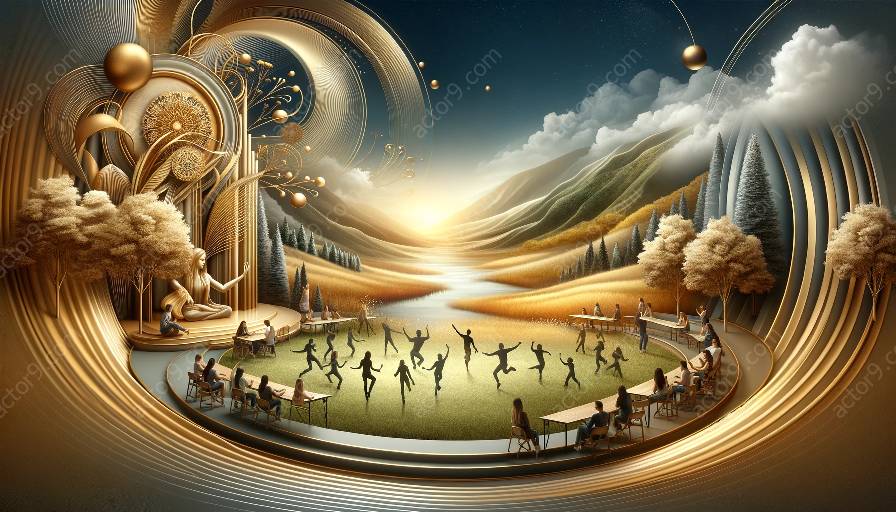Cultural Diversity and Globalization in Physical Theatre Education
Physical theatre, a dynamic performance art form that combines elements of dance, mime, and storytelling, has seen a rise in popularity around the world. As the field of physical theatre education continues to evolve, the impact of cultural diversity and globalization becomes increasingly significant.
Understanding Physical Theatre
Physical theatre is a form of performance that emphasizes the use of the body as a means of expression. It often integrates movement, gestures, and physicality to convey emotions and tell stories without relying heavily on spoken language. This unique characteristic makes physical theatre a universal art form that transcends cultural and linguistic barriers.
The Influence of Cultural Diversity
Cultural diversity plays a crucial role in physical theatre education. As practitioners and educators seek to enrich their understanding of physical theatre, they are increasingly exploring diverse cultural traditions and performance styles. By embracing cultural diversity, physical theatre education becomes a fertile ground for cross-cultural exchange and learning.
Furthermore, the integration of diverse cultural elements into physical theatre education enriches the artistic vocabulary and fosters a more inclusive and representative approach to performance. Students and educators are encouraged to explore movement techniques, rituals, and storytelling methods from different cultures, thus broadening their understanding of the art form.
Globalization and Its Impact
The process of globalization has significantly influenced the landscape of physical theatre education. Through advances in technology and communication, physical theatre practices and pedagogies are now accessible across borders, enabling practitioners to engage with diverse perspectives and approaches to the art form.
Globalization has also led to the exchange of ideas and techniques, allowing physical theatre educators to draw inspiration from international sources and integrate new methodologies into their teaching practices. This interconnectedness fosters a dynamic environment where cultural diversity thrives and enriches the learning experience.
Embracing Diversity in Pedagogy
As the link between cultural diversity and globalization in physical theatre education becomes more evident, pedagogical approaches are evolving to embrace diversity and intercultural exchange. Educators are recognizing the importance of incorporating diverse perspectives and experiences into the curriculum, creating a more holistic and inclusive learning environment.
Furthermore, the interplay between cultural diversity and globalization in physical theatre education encourages educators to adopt interdisciplinary methods that draw from a variety of cultural and artistic practices. This approach not only broadens students' creative horizons but also nurtures a sense of global citizenship and cultural appreciation.
Challenges and Opportunities
While cultural diversity and globalization bring opportunities for enrichment and collaboration in physical theatre education, they also present challenges. Managing the complexities of cultural appropriation, respecting traditional practices, and navigating power dynamics in a globalized context require thoughtful and sensitive approaches.
Nevertheless, these challenges offer opportunities for critical dialogue and reflection. Educators and practitioners in physical theatre are called to engage in meaningful discussions about ethics, representation, and cultural exchange, ultimately fostering a more informed and responsible approach to cultural diversity and globalization within the field.
The Future of Physical Theatre Education
As physical theatre education continues to evolve in a globalized world, the intersection of cultural diversity and globalization will shape the future of the discipline. By embracing diverse perspectives, fostering intercultural exchange, and navigating the complexities of a globalized landscape, physical theatre education holds the potential to become a vibrant and inclusive space for artistic expression and learning.
In conclusion, the relationship between cultural diversity and globalization in physical theatre education is multifaceted and dynamic. It presents both challenges and opportunities, and the ongoing dialogue and exploration of this intersection are essential for the continued growth and relevance of physical theatre education in a rapidly changing world.




































